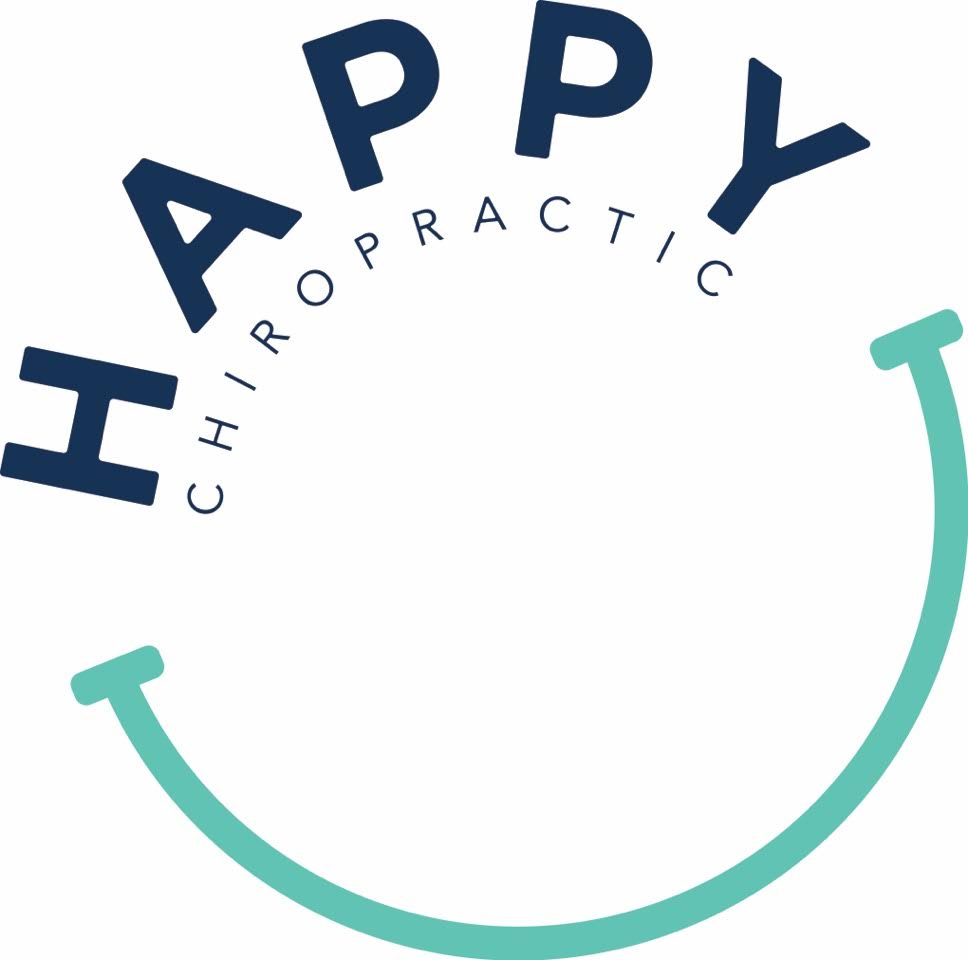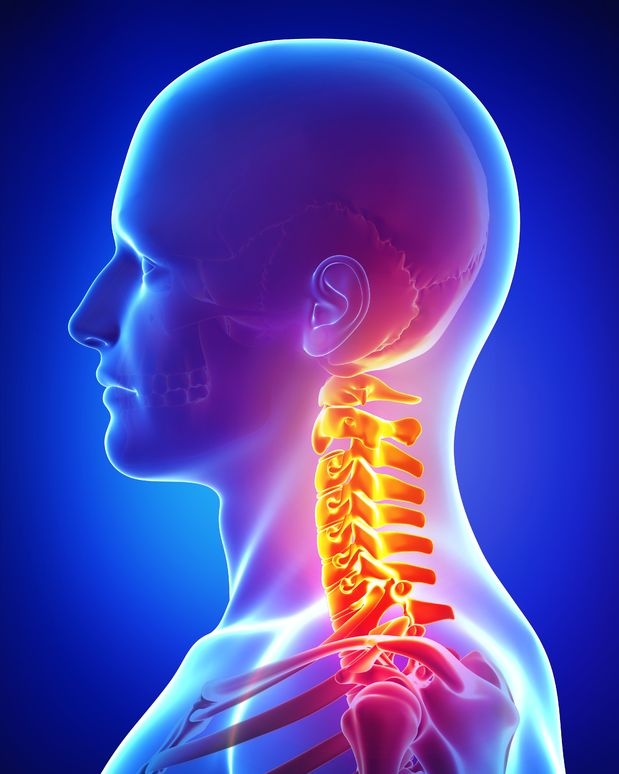
08 Oct Growing Up With Good Posture
Bottom Line:
“Sit up straight!” We’ve all heard it (or said it) a million times, but many people aren’t aware that poor posture as a kid can create health challenges later in life. Rounded shoulders (scapular protrusion), swayback (lumbar hyperlordosis) and a hunched upper back (thoracic hyperkyphosis) are all postural imbalances that place a tremendous amount of stress on the spine. The muscles supporting your spine consequently must work harder to support your body weight which can result in pain. These types of abnormal postures have been linked to everything from depression to decreases in energy and headaches to carpal tunnel syndrome.
Why it Matters:
Poor posture is usually caused by what kids aren’t doing instead of what they are doing. If your child is on their phone or playing a game on their tablet, they probably may not be moving and stretching very often. One of the most important things you can do to encourage good posture is to set a timer and have them stretch and change positions every 15 minutes. This will allow their spine, muscles and joints to decompress and reset. By breaking the pattern of poor posture, you can help reduce the likelihood of your child experiencing pain.
- Over 50% of children display the clinical signs of abnormal posture.
- Excessive weight and decreased physical activity are risk factors for postural issues.
- Setting aside daily times for physical play can help support stronger muscles and improved posture.
Next Steps:
If your child is suffering from back pain, neck pain or headaches, postural issues may likely be part of the cause. Next time you’re in the office, ask us for a quick posture screen for your child. We would be happy to let you know how they can improve their posture and reduce the risk of future aches and pains!
Science Source:
Prevalence of postural deviations and associated factors in children and adolescents: a cross-sectional study. Fisioterapia em Movimento 2016






Sorry, the comment form is closed at this time.